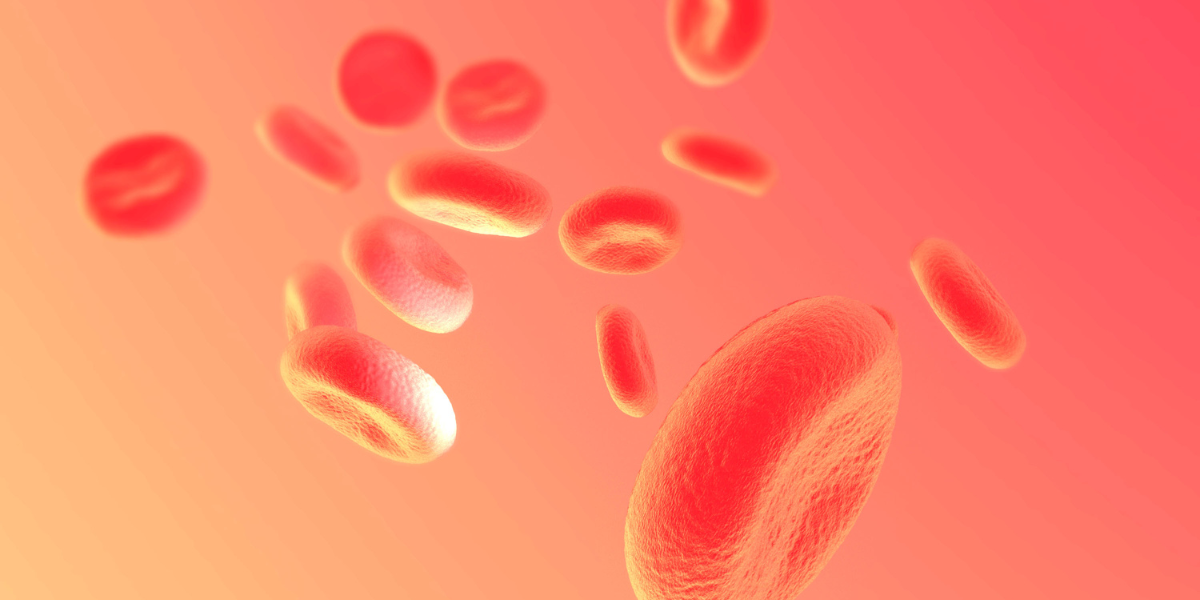Sickle cell anaemia is a little-known but widespread genetic disease, particularly in populations of African, Caribbean, Indian and Mediterranean origin. We take a closer look at this chronic blood disorder, its symptoms, causes and possible treatments.
What is sickle cell disease?
- Hereditary genetic disease
- Haemoglobin abnormality (HbS)
- Sickle-shaped red blood cells
What are the symptoms of sickle cell disease?
- Painful attacks (bone pain, joint pain, chest pain)
- Chronic anaemia
- Repeated infections
- Growth retardation in children
What treatments are available for sickle cell disease?
- Medication: hydroxyurea, analgesics, preventive antibiotics
- Blood transfusions
- Bone marrow transplant (in severe cases)
- The importance of regular medical check-ups
Prevention and screening
- Newborn screening recommended
- Genetic counselling for future parents carrying the gene
Conclusion
Knowing more about sickle cell anaemia means better care and appropriate support for patients on a day-to-day basis.
? Are you concerned or would you like to be screened? Consult your GP or a haematology specialist.


